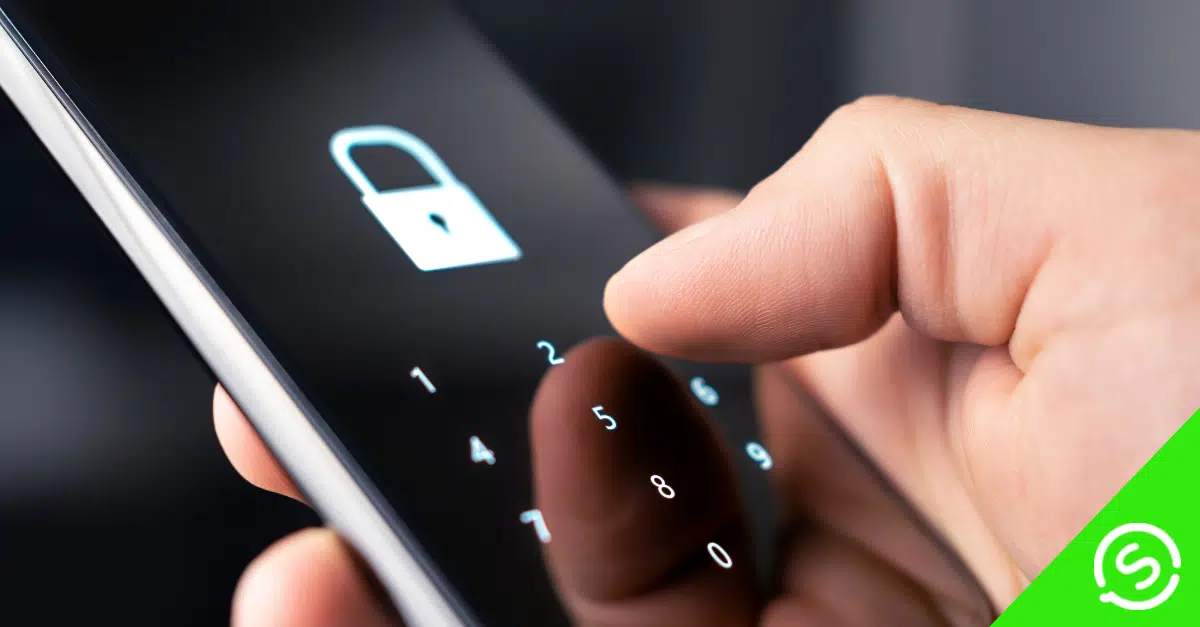Everyone who has an online presence has a password and they are the single key that keeps you and your details safe in the online world. But often, these passwords have not been thought out and are easy to remember- which makes them easy to guess and are often used across multiple platforms making it easy for hackers to target their victims. But that isn’t the only way that online cyber criminals can access your personal data.
Below are five common ways hackers steal passwords and how you can protect yourself against them.
PhishingPhishing scams are the most common ways in which hackers gain information from their victims. Often these types of scams come in an email format, usually under the guise of being from a reputable company and someone which the victim recognises or trusts. Victims then enter their credentials and sometimes banking information which gives the hacker all the information they need to get into the unsuspecting victims accounts.
One way in which you can protect yourself in the online world is by checking the email addresses to ensure that the person that is sending you the email is actually from the company which you believe it to be from. This will then help you to decipher if the email is from a trusted source and which you should delete.
Un-Secure Wi-Fi
It’s great when café’s and other businesses offer customers free wi-fi, but using unsecured wi-fi to access your bank accounts or other password-protected accounts can be troublesome and should be used with caution. Everything you do whilst using an un-secured wi-fi or wi-fi without a password could be potentially watched by a hacker. If you do need to use an open wi-fi try using a virtual private network (VPN) to secure your internet browsing.
Spending Time On Un-Secure Sites
Spending time on unsecured sites can give hackers all the details they need straight from your device. When you are browsing the internet, check that the site you are on has a lock next to it on the toolbar, if it doesn’t do not enter any personal information.
In addition, when entering your details on important websites such as your bank, make sure that it is marked with a green checkmark. This will mean that it is safe and secure.
Brute Force
This hacking technique comes from a hacker using information that you have shared online to guess your password using trial and error.
The best way to avoid these type of cyber attacks is by regularly changing your password. Using passwords that involve your name, your family or your pets names make you an easier target especially for hackers using this type of method. Having a strong password manager, like the password manager for Google Chrome can help you prevent this type of attack.
Using Your Mobile Number On Social Media
Most social media networks are now asking for mobile numbers to add a two=factor authentication to protect accounts. However, hackers can re-route these phone inquiries to reset a password to a number that they have created, therefore gaining access to your account and your personal information.
One way to protect yourself from this type of attack is by sticking to an email/password combo to log into your favourite social media accounts.
It is estimated that every 39 seconds, there is a new attack somewhere on the web. The best thing that you can do in an ever-changing digital landscape is to stay educated and take the necessary steps to keep yourself safe when you are online. Remember if in doubt – do not enter your details, it is the best way to protect yourself.







